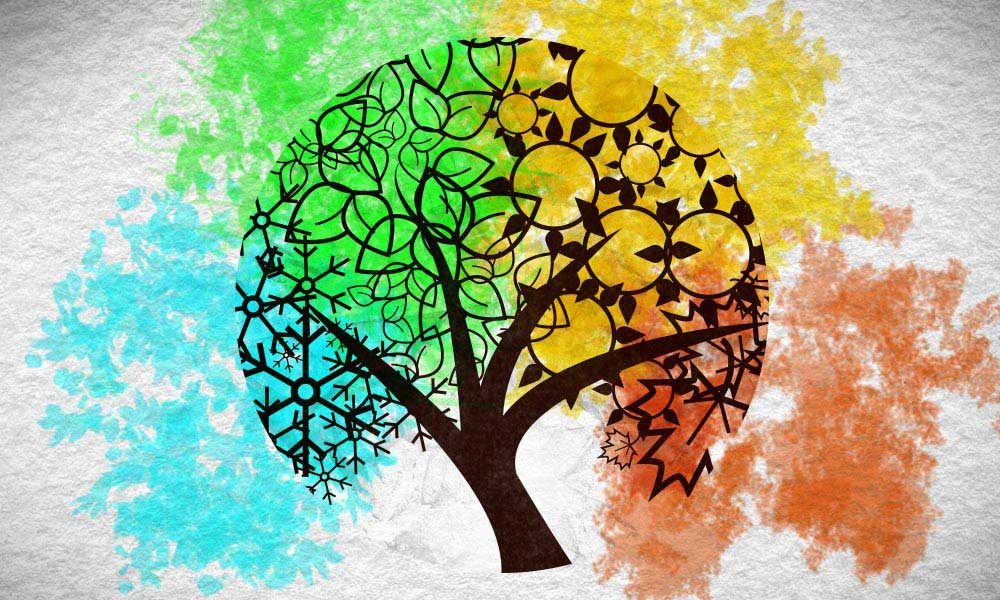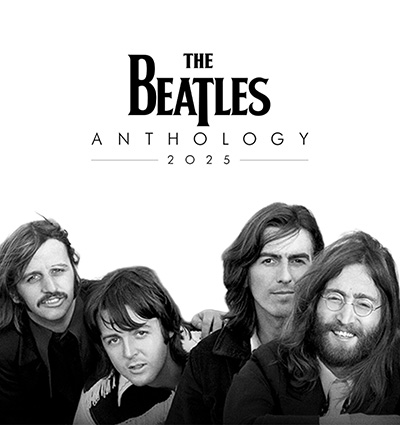‘The Four Seasons’: A Guide To Vivaldi’s Radical Violin Concertos
Explore our guide to Vivaldi’s best-known work ‘The Four Seasons’ – a set of four radical violin concertos depicting the seasons of the year.

Antonio Vivaldi’s influence on the development of Baroque music was immense. He introduced a range of new styles and techniques to string playing and consolidated one of its most important genres, the concerto. Vivaldi’s best-known work The Four Seasons, a set of four violin concertos composed in 1723, are the world’s most popular and recognized pieces of Baroque music. The four violin concertos broke new ground with their programmatic depiction of the changing seasons and their technical innovations. Our guide to Vivaldi’s The Four Seasons analyses the secret of the concertos’ runaway success and explains why this now-familiar music was so radical for its time.
Listen to our recommended recording of Vivaldi’s The Four Seasons performed by Janine Jansen now.
The Four Seasons: A Guide To Vivaldi’s Radical Violin Concertos
Stravinsky’s Rite of Spring, Beethoven’s Fifth… and yes, Vivaldi’s The Four Seasons. Like those other seismic cultural milestones, Vivaldi’s most popular concertos also changed the course of musical history. They might not have provoked a riot but, when Vivaldi’s Four Seasons were first heard in the early 1720s, their audience hadn’t heard anything quite like them before. And it wasn’t just the concert-going folk of northern Italy who experienced Vivaldi’s stylistic shot-in-the-arm. The Four Seasons had the theorists frothing too. In these seemingly polite and pretty works, the composer opened a philosophical can of worms that continued to brim over with wriggling controversies for centuries.
The crux of the issue was musical ‘description’. If you’ve ever wondered how on earth a composer can describe specific human interactions or states of mind, in an orchestral work without recourse to setting words, then you’re thinking about the very same quandary that was occupying the sizeable brain of Antonio Vivaldi in the early 1720s.
Vivaldi was working in Mantua and had already written dozens of violin concertos prompted by the fact that he was probably the best violinist on the planet. But he was itching to explore something more: the depiction of particular landscapes and scenes (in this case, the earth’s cycle of seasons) in music that would also convey specifics of human behavior. The concerto form – one soloist playing opposite a bigger ensemble – would be preserved throughout.
Programme Music
Vivaldi had set himself quite a challenge, but he’d also hit upon an idea that a lot of music theorists didn’t like. So-called ‘programme music’ existed before, but it was seen by some as inferior and regressive. Vivaldi was determined to prove that descriptive music could be sophisticated, intricate, and virtuosic enough to be taken seriously – and that it could advance the cause of the concerto at the same time. With his unequaled gift for orchestral color and melody, if anyone could do it, Vivaldi could.
So did he succeed? Yes and no. With his elevation of descriptive music, Vivaldi ignited a debate that lasted for centuries and saw the art of telling stories through wordless sounds criticized by those who believed music should transcend earthly description. Programme music hasn’t exactly been welcomed into composition’s hallowed sanctuary with open arms, despite the best efforts of Haydn, Beethoven, and Richard Strauss. Where Vivaldi undeniably did succeed was in his successful exploration of compositional techniques – those that made The Four Seasons.
The structural thinking behind Vivaldi’s The Four Seasons was that each movement – twelve in all (three per season) – would establish a certain mood, against which narrative events could then play out. When it came to the detail of those occurrences – barking dogs, drunken dancers, buzzing insects – Vivaldi delivered elegance and originality where other composers had barely moved beyond crude animal-noise clichés. Just listen, in the final movement of ‘Winter’, for Vivaldi’s portrayal of a man skidding across ice using descending octaves on the second violins and violas. In the same concerto, the soloist and lower strings conjure what one Vivaldi expert has called ‘fireside warmth’ while violins depict icy rain falling outside.
Added to that are Vivaldi’s verbal instructions to the players. In ‘Spring’ he asks the solo violin to play like “il capraro che dorme”(the sleeping goatherd) and the viola like “il cane che grida” (the barking dog). No wonder musicians talk of the intense imagination and character required to bring these concertos off. Those musicians have never lost their appetite for a rapid ramble through the earth’s meteorological cycle courtesy of Vivaldi’s The Four Seasons.
Recordings of The Four Seasons
Performances of Baroque music have transformed beyond recognition since the first recording of Vivaldi’s The Four Seasons in 1942. The earliest taping still available was made by violinist Louis Kaufman and the strings of the New York Philharmonic in 1947 – it sounds robust but pretty unsubtle, too.
In 1984 the young virtuoso Anne-Sophie Mutter made her first recording of the work, conducted by Herbert von Karajan – who insisted strings should sound rich and sustained in Baroque music just as in Brahms. There’s no doubting their sincerity, but it seems the playful agility of the music is missing in these grand performances. At around the same time attitudes towards the performance of Baroque music had started to change.
With the emergence of the historically informed performance movement we started to see fewer players in front of microphones, and instruments strung with animal gut instead of metal; both things that are historically in-tune with Vivaldi. More important than what we now see is what we now hear: a lightness, clarity, and a tremendous energy thrust into the music that makes sense of Vivaldi’s reputation as an energetic firebrand.
Recommended Recording
Vivaldi’s The Four Seasons performed by Janine Jansen
“With nearly 100 different versions currently available you would have thought that record companies, soloists and public would have had enough of The Four Seasons. This version, however, is different with the orchestra pared down to single instruments and the solo part played stunningly well by this wonderful young Dutch violinist. The result is a zesty, vivid and colorful performance of great individuality and distinction.” – Classic FM
Vivaldi’s The Four Seasons performed by Janine Jansen can be bought here.












